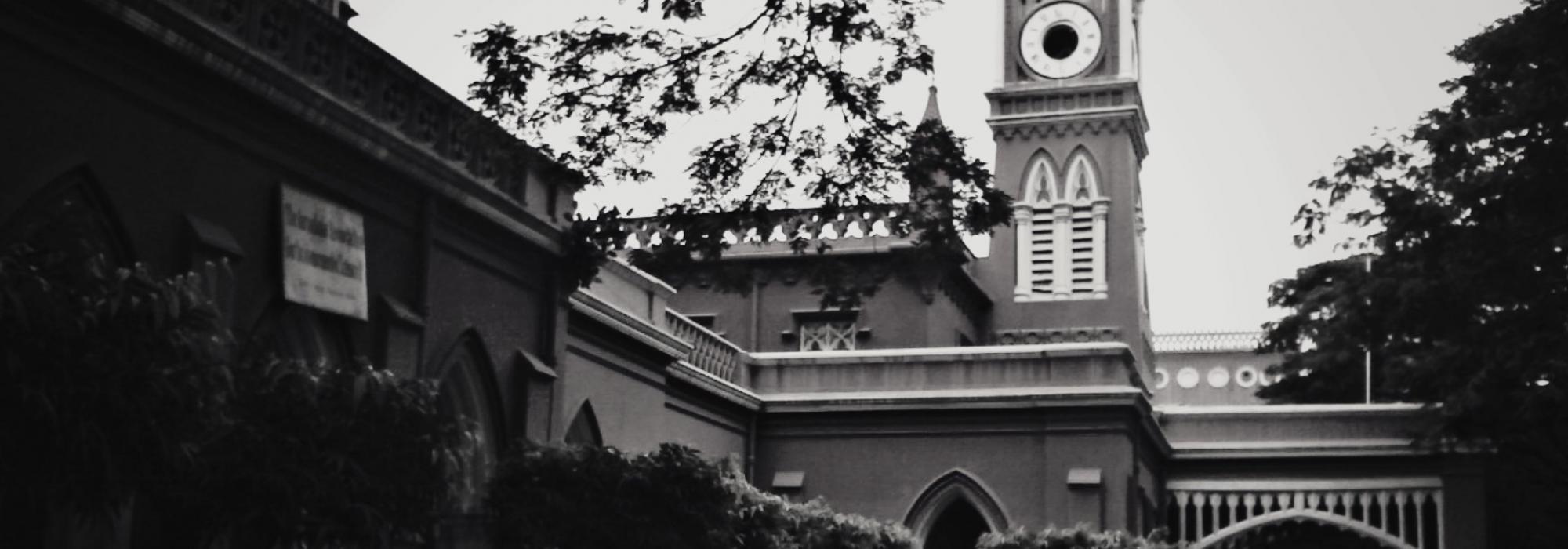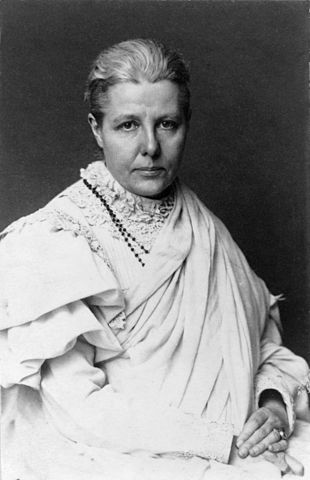R Raghunath Rao had a picturesque personality. His physique, his clothing and style, the eloquence in his speech, and the resourcefulness in his work were such that they could impress anyone who came in contact with him. He was a tall man; one could call his skin color a dull black. A round face, a bit on the thinner side; a long, thick nose that stood out; and a moustache like a festoon of crops. His eyes, always looking here and there, were so lively that it felt as if he was speaking sharp words.
His physical form was adorned with these – a dhoti, with a two-inch-wide silk embroidery, worn in the traditional manner (kachche panche), with the silk threads of the embroidery swaying at the edges. A black coat on top and over that, an embroidered shawl, else a white shirt; a chequered silk dress from Molakalmuru; a round gold bracelet around his wrists; red and green gemstone rings on the fingers of both hands; a silver snuff box; a colorful silk handkerchief. He used to be called ‘Niluvu Kaamanna’ [niluvu means ‘abode,’ ‘position,’ or typically ‘a standing posture’ and kaamanna is an affectionate address for Cupid].
Raghunath Rao was a teacher in Central College, Bangalore. In those days, even the high school was a part of the college. Raghunath Rao taught English, History, Geography, and Translation. I have heard that many of his students would recollect time and again his deep understanding of the tradition of linguistic refinement in the technique of oration. Every time he read a beautiful English poem, he had a habit of immediately translating it into Kannada. He would give a sentence to his students, who would in turn offer their translations; he would then read each of them, review, and pronounce, “Oh, the spirit of the original hasn’t been captured man, the spirit hasn’t been captured!” He wouldn’t be satisfied with a translation that merely used equivalent words in the two languages. It wasn’t enough for him if the general idea was translated from one language into the other. He’d give his students a lovely sentence in Kannada and ask them to translate it into English and subject those translations to similar scrutiny. It is no big deal to give a word-for-word translation; the spirit of the original – its outlook, its passion, its force – must be captured in the translation.
Raghunath Rao’s translations would typically read thus: ‘ಗಂಡರ ಗಂಡ’ = ‘man among men,’ ‘ಬಿರುದೆಂತೆಂಬರ ಗಂಡ’ = ‘vanquisher of those who challenge his title.’ It would be no different when he translated from English to Kannada: ‘Bloemfontein’ = ‘ಕುಸುಮಪುರಿ,’ ‘roof of the world’ = ‘ಭುವನಭವನದ ಕರುಮಾಡಿ.’ His writings were abundant with this sort of rich and powerful usage.
Raghunath Rao was the headmaster of high schools in places like Shivamogga and Chitradurga. After retirement from government service, he got a nice house built on 5th Main, Chamarajpet in Bangalore and devoted his time to the service of literature. His closest friends were Dr. P S Achutya Rao on the one side and the grammarian Garani Krishnacharya on the other.
Among the books written by Raghunath Rao, these are renowned: Bhuvivarane, Aesop Nitikathegalu, Vyakaranopanyasa Manjari, Sanatanadharmadipike, and Niyoga Vidhiya Vichaara. These are the ones that I can recollect at this moment. His Bhuvivarane is an expansive work, written in a style that is clear and sparkling. He must have written the book about fifty or sixty years ago, when he was a teacher.
His writings on literature have been published in the Karnataka Sahitya Parishat Patrike (Magazine of the Karnataka Literary Academy) and a few other magazines. Rajasevaprasakta Sri Y K Ramachandra Rao – Retired Chief Engineer, Mysore Railway Department – wrote and published a biography of James Abraham Garfield and donated that to the [Kannada] Sahitya Parishat. Raghunath Rao played a major role in improving and refining the book for the Parishat. Similarly, many other Kannada writers have sought and received help and advice from Raghunath Rao.
When he sent a manuscript for publication, his writing was beautiful with ample spacing between the letters. Whatever he undertook, he aimed at doing it with finesse and splendor.
Raghunath Rao had a firm grip on his language. He would critically analyze not just classical Kannada works but also ancient edicts and inscriptions, thus recognizing the tradition of the language. Further, he deeply contemplated on how one could fill the language with freshness and vigour. As much faith as he had in offering due reverence to grammar, he had equal enthusiasm in effusing new radiance to the language. For a few years, he was the secretary of the Sahitya Parishat.
He had a great interest in socio-cultural affairs as well. He was a member of the Theosophical Society. With the help of that society and according to the wishes of Dr. Annie Besant, his book Sanatanadharmadipike, which I mentioned earlier, was translated into English by the Central Hindu College, Varanasi and included in their Sanatana Dharma Granthamala (a series of books on Hinduism). The aim of that series was to drive away infighting within Hinduism, reflect upon blind beliefs, correct some of the mindless practices, and to help in the renaissance of the true Vedic Dharma. Raghunath Rao was aligned to these motives. In his book Niyoga Vidhiya Vichaara, he discussed in detail the question of remarriage of women. Although he was an advocate of socio-cultural reforms, the foundation of his life was the age-old customs and traditions.
In conversation, Raghunath Rao was sporty and lively. In friendships, he was magnanimous. He was a benefactor to those in trouble. He believed that life becomes meaningful only when one seeks and experiences the possible essences and highlights of all the varied aspects of life.
This is the eighth chapter from D V Gundappa’s magnum-opus Jnapakachitrashaale (Volume 1) – Sahiti Sajjana Sarvajanikaru. Thanks to Sandeep Balakrishna for his astute edits.















































